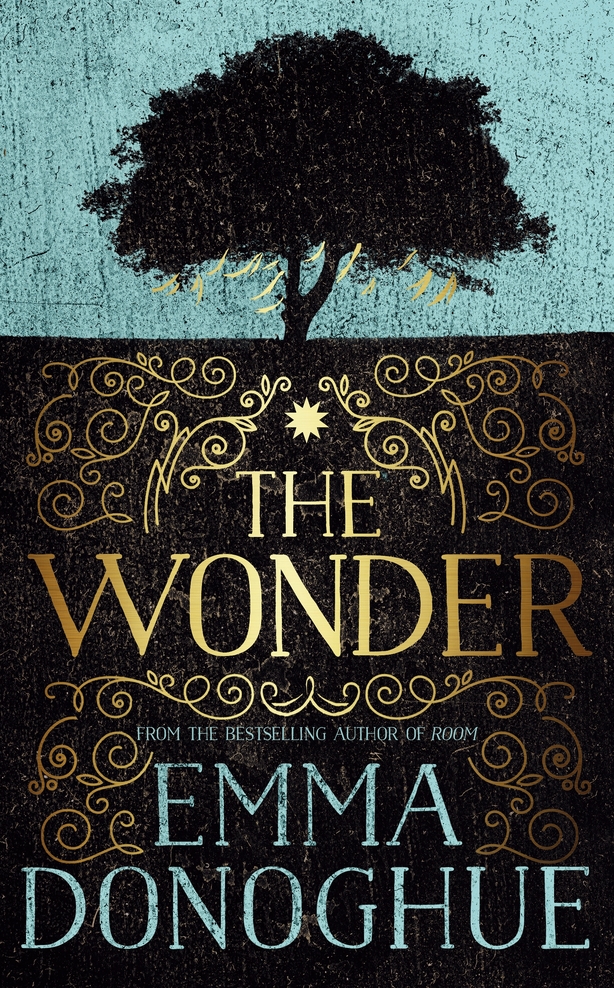


“Every body was a repository of secrets,” Lib muses, as she starts to look beyond her desire to expose trickery towards a truth that can be expressed only through suffering, not words. Anna’s condition worsens and Lib begins to wonder: “Could the Watch be having the perverse effect of turning the O’Donnells’ lie to truth?”ĭonoghue draws out the narrative suspense with her customary combination of historical verve and emotional delicacy, as the mystery becomes not so much what is happening beneath Lib’s nose, but why. But as the days pass, no secret feeding is discovered.

She notes Anna’s symptoms – downy cheeks, scaly skin, blue fingertips, swollen lower limbs – checks over the tumbledown cabin for caches of food, limits Anna’s contact with her parents to a brief embrace morning and evening, and expects that she will have the mystery solved in short order. Lib is briskly impatient with the heady mixture of religiosity and folklore permeating the village like peat smoke, and at first with the obliging yet resistant Anna herself. Lib Wright is an English nurse who has served in the Crimea under the redoubtable “Miss N”, and now takes on a well paid but perplexing commission in an Irish backwater: to watch for a fortnight over 11-year-old Anna O’Donnell, who apparently has not eaten for four months, and thus reveal whether she is a miracle or a fraud. Several of the fasting girls were placed under medical surveillance, with predictable results – which is where Donoghue comes in. (The phenomenon divides along gender lines: while women withdrew into bedrooms that became shrines, their male equivalents, the “hunger artists” immortalised in Kafka’s story, presented starvation as a performative feat of endurance in travelling fairs, a trend culminating in illusionist David Blaine’s 44-day fast in a glass box dangled over the Thames.) Whether it was anorexia, religious mania or entrepreneurial spirit that was driving them, they drew donations from curious visitors and fascination from doctors, scientists and priests, keen to discover if they could really be living on air, light or the love of God. Her new book is based on the many cases of “fasting girls” reported across the world from the 16th to the 20th centuries: women and girls, often prepubescent, who claimed to live without food for months or even years.


 0 kommentar(er)
0 kommentar(er)
